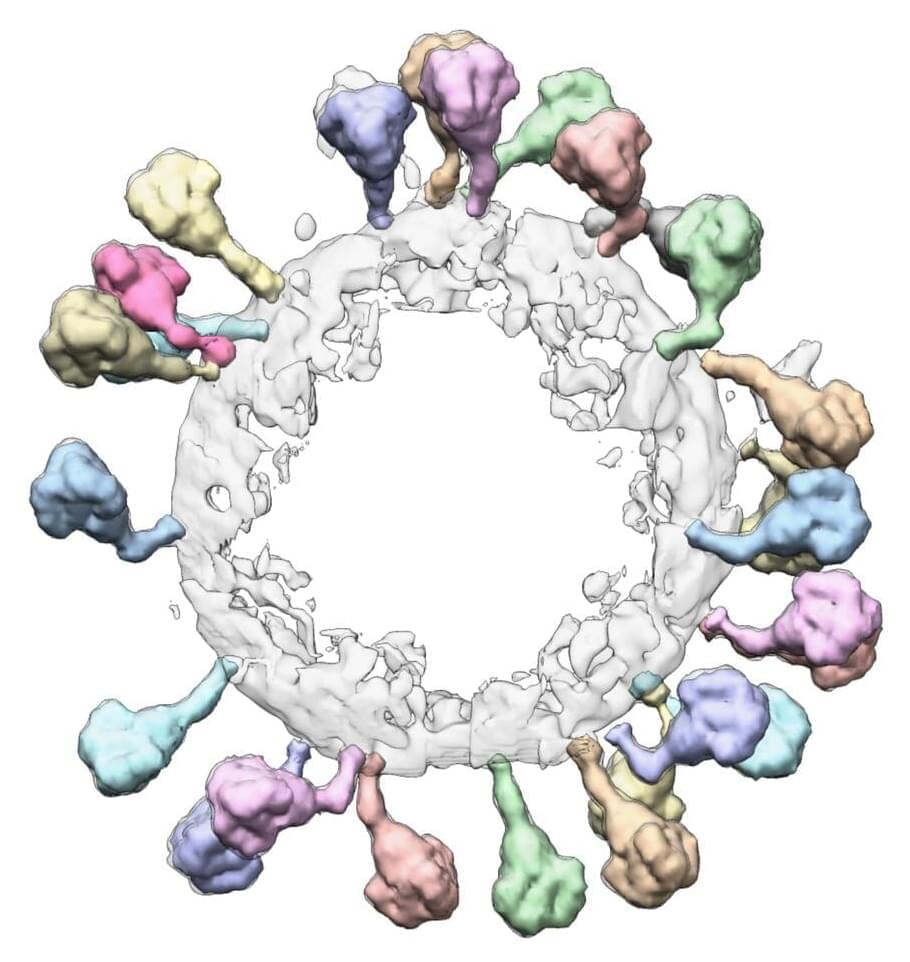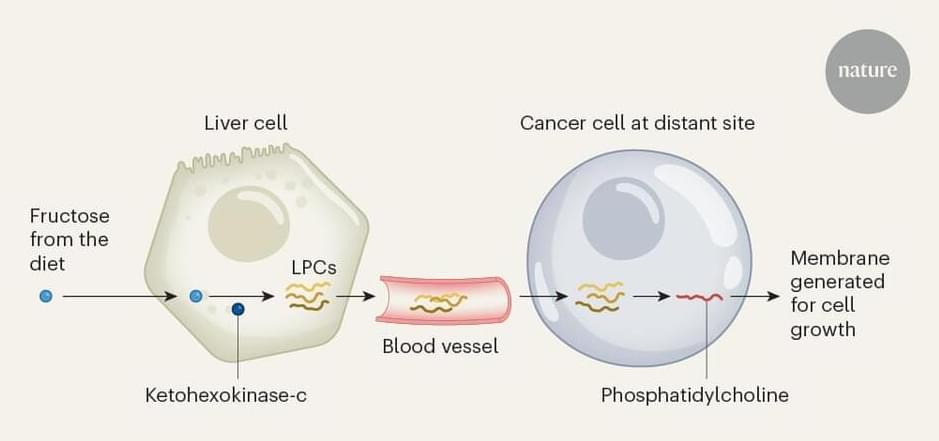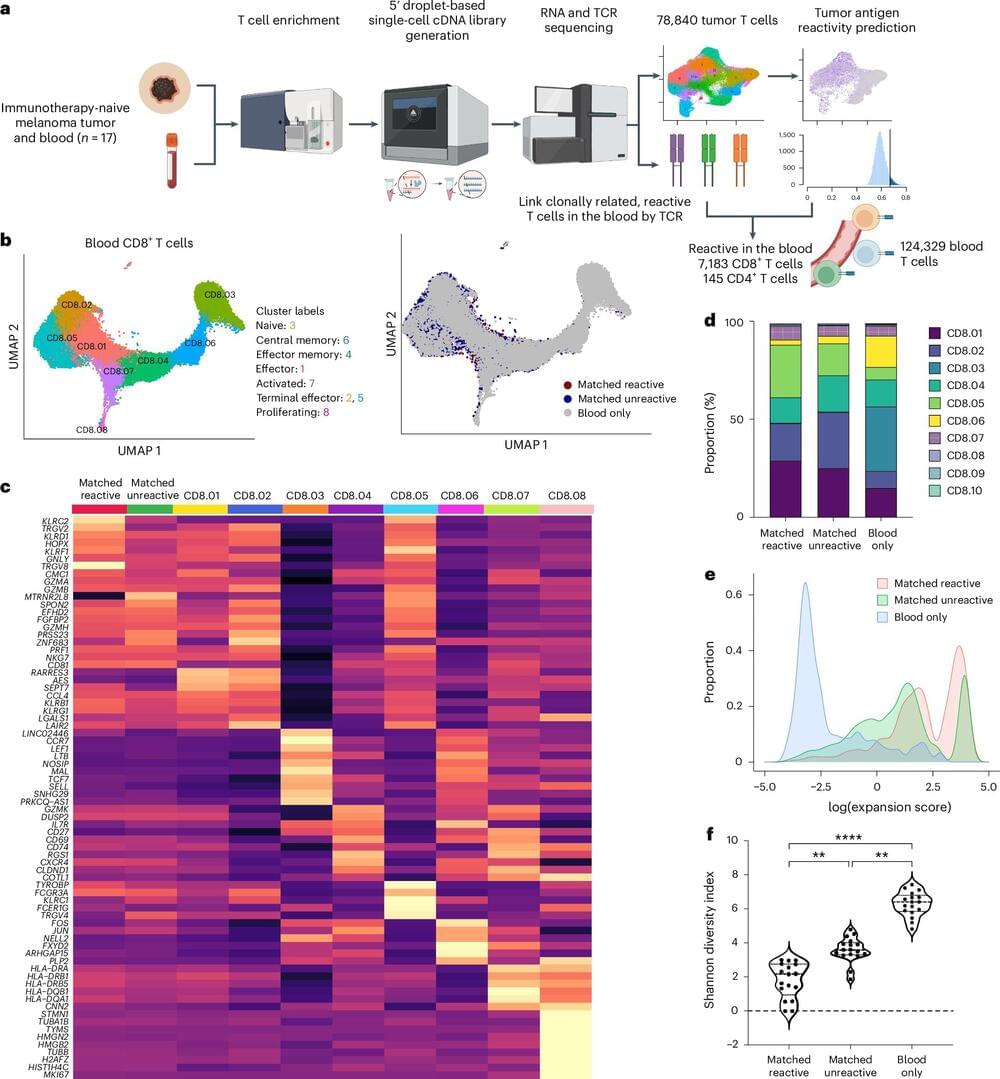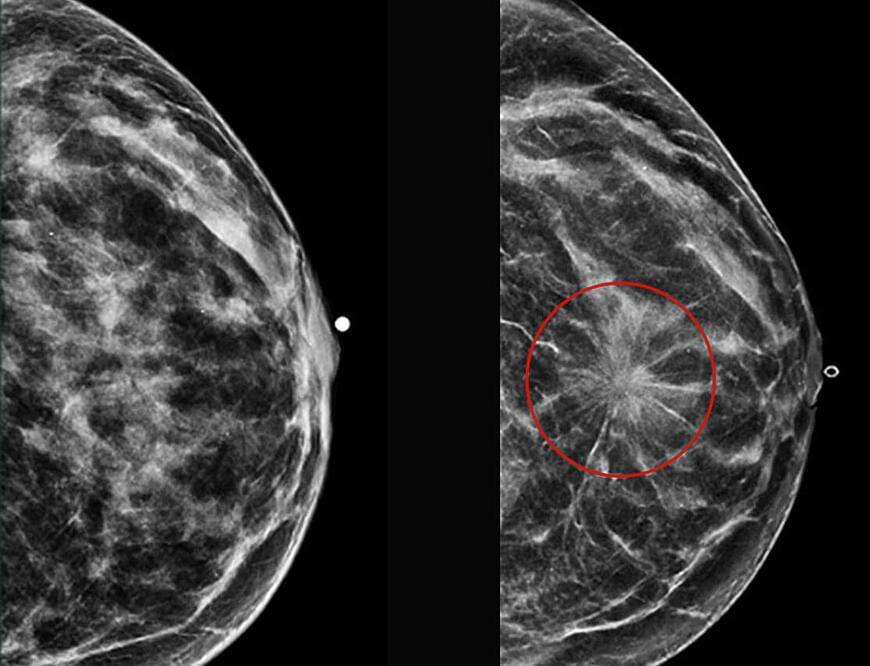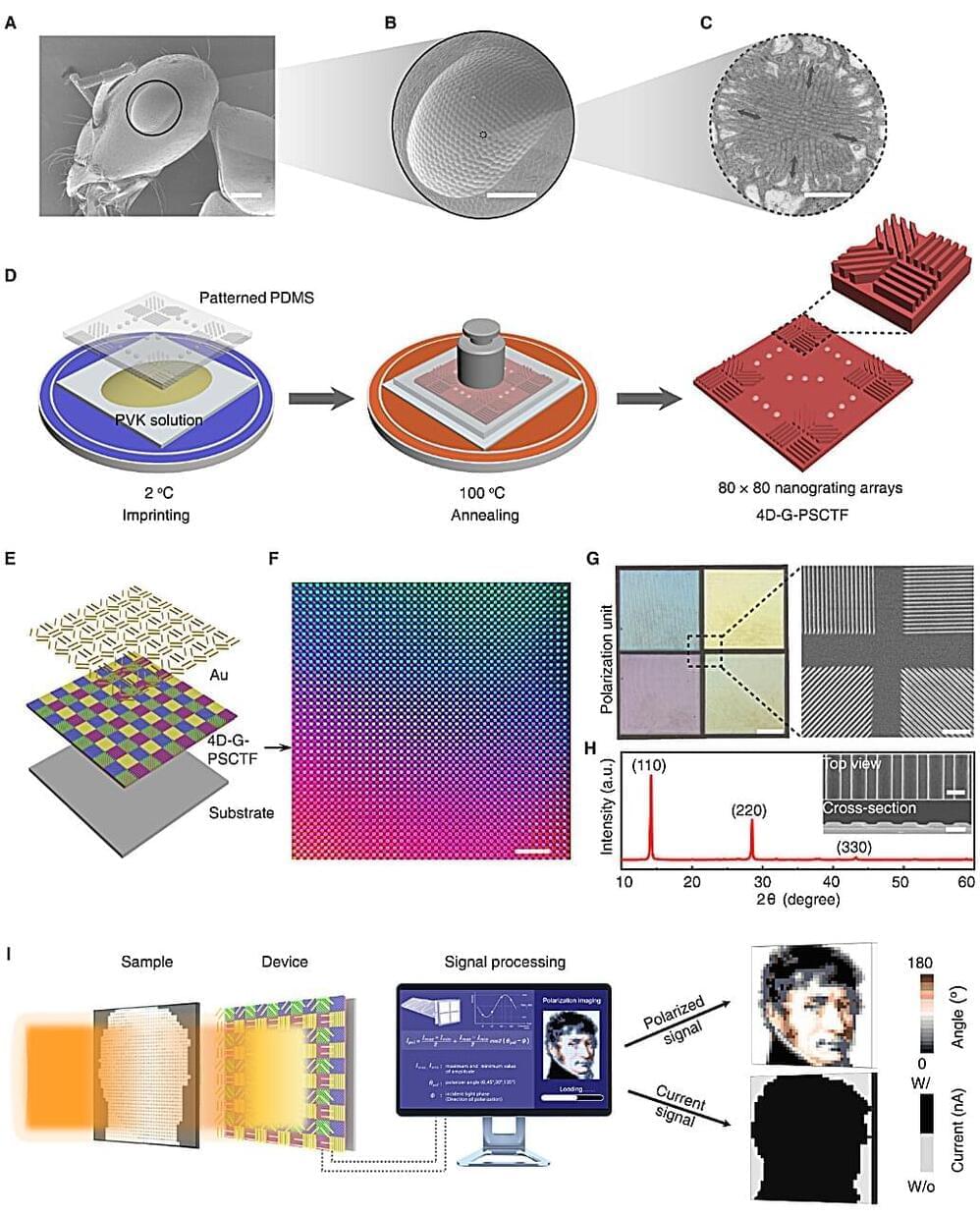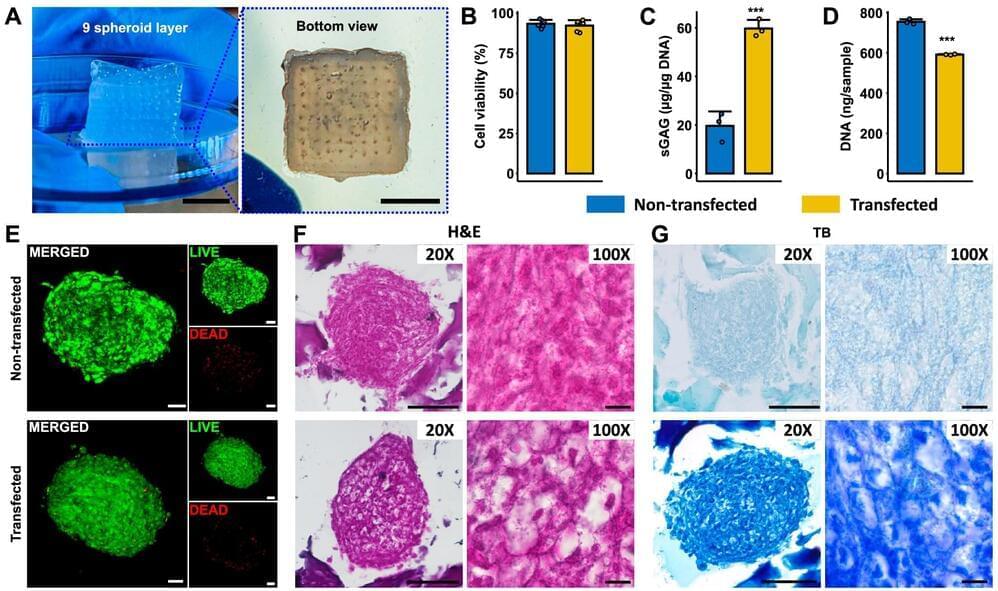Dec 6, 2024
Protein engineering research reveals the mysteries of life, enabling advances in pharmaceuticals
Posted by Shubham Ghosh Roy in categories: bioengineering, biotech/medical, chemistry, food, health
Proteins are so much more than nutrients in food. Virtually every reaction in the body that makes life possible involves this large group of molecules. And when things go wrong in our health, proteins are usually part of the problem.
In certain types of heart disease, for instance, the proteins in cardiac tissue, seen with high-resolution microscopy, are visibly disordered. Alex Dunn, professor of chemical engineering, describes proteins like the beams of a house: “We can see that in unhealthy heart muscle cells, all of those beams are out of place.”
Proteins are the workhorses of the cell, making the biochemical processes of life possible. These workhorses include enzymes, which bind to other molecules to speed up reactions, and antibodies that attach to viruses and prevent them from infecting cells.
